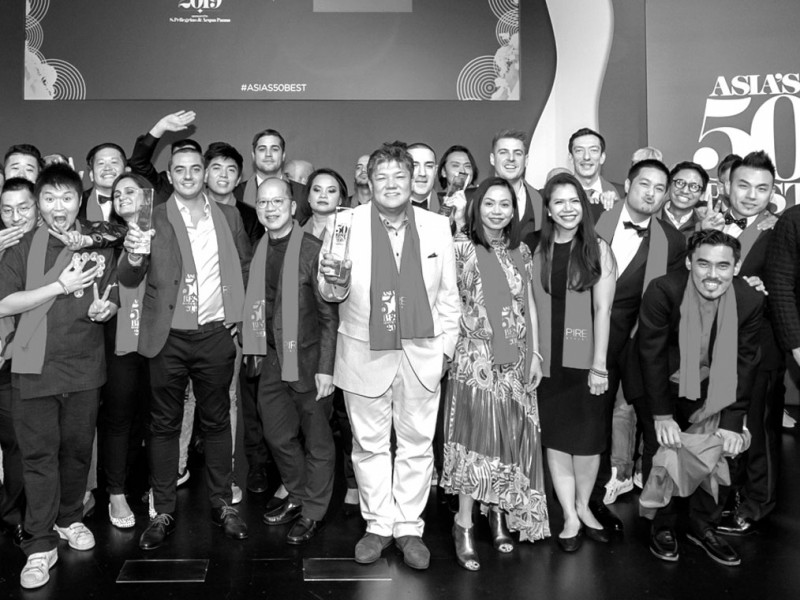The National Gallery of Victoria will present a survey of Comme des Garçons in Australia’s first exhibition dedicated to the trailblazing designer Rei Kawakubo. Opening at NGV International on 31 October, Collecting Comme celebrates the innovative designs and ongoing influence of contemporary fashion label Comme des Garçons.
Showcasing more than 65 outfits by the visionary designer, drawn from more than 40 collections, the exhibition will also include 13 additional works designed by Kawakubo’s protégés Junya Watanabe and Tao Kurihara.
Drawn from the NGV’s significant Comme des Garçons collection, gifted to the Gallery by donor Takamasa Takahashi, and including loans from his personal collection, the exhibition will examine the radical concepts and design methods that have informed Kawakubo’s practice for almost five decades.
Collecting Comme will explore Kawakubo’s work from the time of her first presentation in Paris in 1981. Known for defying convention, Kawakubo has redefined fashion throughout her career, subverting garment shape and function, reframing ideas of beauty, and proposing a new relationship between the body and clothing.
During the 1980s, Kawakubo’s collections highlighted her experimental approach to construction and form with oversized and asymmetrical garments, exploring the nuances of black through texture and dye. Her early runway collections – Destroy (Holes), autumn–winter 1982–83, and Patchworks and X, spring–summer 1983 – featured garments that were purposely distressed and unfinished. Highlights from these collections will be on display in Collecting Comme, including Kawakubo’s infamous hole-and dropped-stitch garment including Sweater 1982, created by deliberately faulting the knitting machines.
Throughout the 1990s, Kawakubo’s work continued to examine existing ideas of fashion. She contested definitions of beauty and taste, experimented with atypical fabrics and deconstructed ideas about gender and women’s social roles. The Comme des Garçons aesthetic questioned the idea of dressing for display, and used punk elements to refashion femininity into something far more transgressive.
Featuring some of Kawakubo’s most radical statements to date, Collecting Comme will include three works from the Body Meets Dress-Dress Meets Body collection; spring–summer 1997. Widely referred to as the ‘lumps and bumps’ collection, the runway show featured models dressed in outfits stuffed at the hips, abdomen and shoulders with bulging pillows of polyurethane. Implicit in the work was a refusal to see the physical body as a limitation.
‘To this day, Rei Kawakubo and the Comme des Garçons label remain widely regarded as a groundbreaking force in contemporary fashion,’ said Tony Ellwood AM, Director, National Gallery of Victoria.
‘As the largest public repository of Comme des Garçons in Australia, the NGV is hugely grateful to Takamasa Takahashi for entrusting the Gallery with these works for the enjoyment of future generations.’
Takamasa Takahashi first discovered the unconventional work of Comme des Garçons in the mid 1970s. By the early 1980s, he was dedicated to wearing Kawakubo’s unisex and unstructured styles on the streets of Tokyo. Turning his attention to collecting in 1986, Takahashi began donating works to the NGV in 2005.
‘I would like for people to look at Kawakubo’s work with an open mind: to question what they are looking at and consider the story behind the creation of the garment,’ said Mr Takahashi.
For more visit: www.ngv.vic.gov.au
Related Features
-
208
-
-
-

